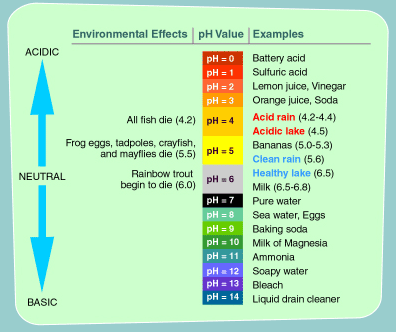Question from John: My wife and I enjoy wine but increasingly she is effected by high acid. Are there any specific brands that you would suggest that are low acid taste good reasonably priced? Both red and white? Thanks for your help.
Reply: Hi, John. Thanks for writing. I’m afraid that wine is acidic by nature. Virtually all of the world’s wines fall between 2.8 and 4.0 on the pH scale.
Pardon my digression, here, for those unfamiliar: On the pH scale, zero is acid (battery acid), seven is neutral (water) and 14 is alkaline (lye, Drano). W
Whites are most often between 2.8 and 3.6 and reds between 3.3 and 4.0. The higher the pH the more bacteria-friendly the environment, meaning an increased risk of spoilage, so this is simple reality for winemakers. Above 3.8 and color stability is compromised. Plus, of course, the wine tastes better when the acid is balanced.


